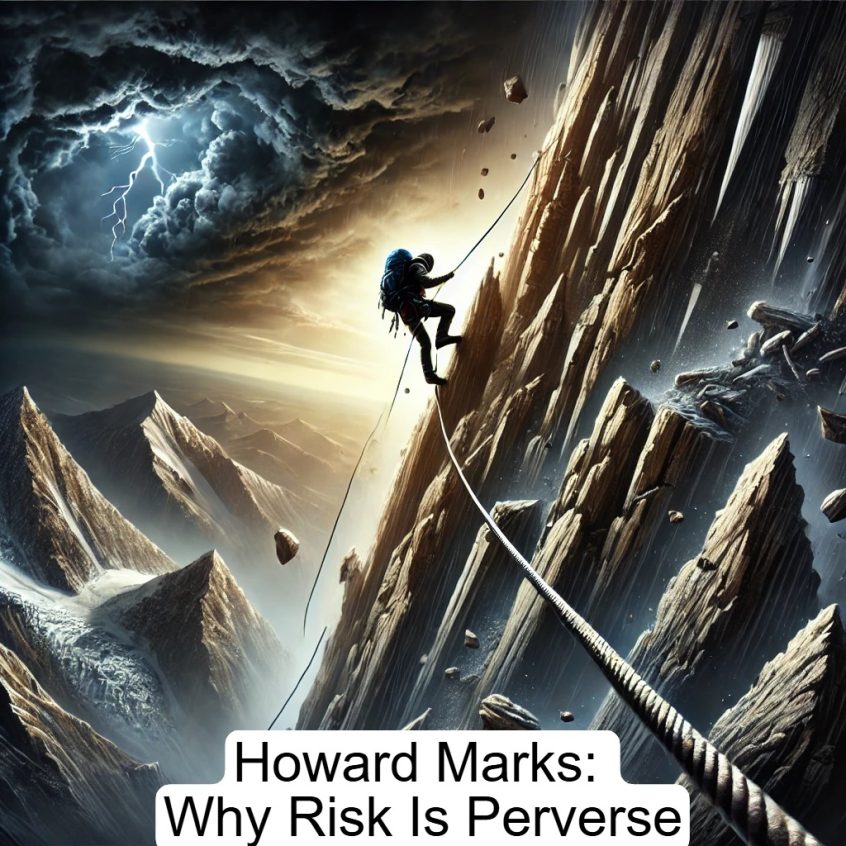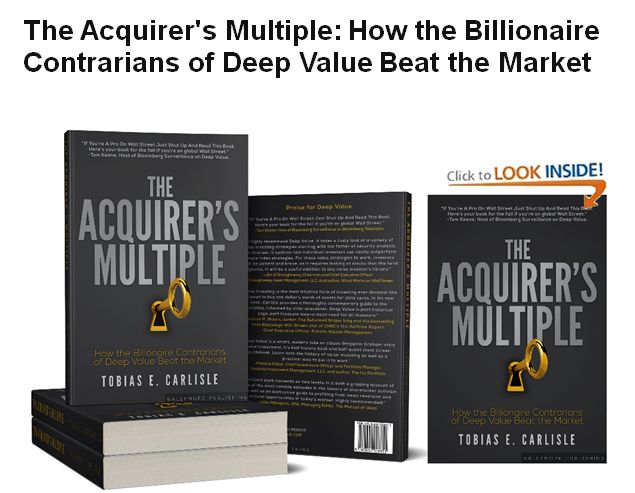Risk is often misunderstood, not because it is complicated, but because it defies intuition. As Howard Marks explains in his discussion on the character of risk, “risk is counterintuitive” and “risk is perverse.” The way we perceive risk can often be the exact opposite of reality, leading investors, policymakers, and individuals to miscalculate the dangers they face.
Marks illustrates this with an experiment in Drachten, Holland, where traffic signs, lights, and markings were removed from the roads. Logically, one would expect accidents to increase. Instead, the opposite happened. With no external signals to guide them, drivers instinctively became more cautious, leading to a reduction in accidents and fatalities. The very absence of visible safety measures forced people to behave more prudently.
The same perverse logic applies in reverse. Jill Fredston, an expert on avalanches, observed that despite the advent of better climbing gear every year, the number of fatalities and accidents in climbing has not decreased. Why? Because better gear gives climbers a false sense of security.
Instead of using new technology to climb more safely, they push further into dangerous conditions. As Marks explains, “the risk of an activity doesn’t just lie in the activity itself but importantly in how the participants approach it.”
This applies directly to investing. Investors often believe that safer markets allow for riskier behavior. When confidence in stability grows, they take on greater risk, assuming that markets will continue to behave as expected. But as Marks warns, “the riskiest thing in the world is the belief that there’s no risk.”
When investors think an asset is “safe” because it has been performing well, they pile in, inflating its price and, ironically, making it more dangerous. Conversely, when an asset declines in price, many see it as risky—when in reality, its lower price may make it less risky than before.
Risk is also deceptive because it hides in plain sight. As Marks puts it, “loss is what happens when risk—the potential for loss—collides with negative events.” A house may have structural flaws, but those flaws remain unnoticed until an earthquake occurs. Similarly, an investment can carry significant hidden risks, but if markets remain calm, those risks go undetected.
Investors may believe they are holding safe assets simply because they have never been tested under stress. But, as Warren Buffett famously said, “It’s only when the tide goes out that we find out who’s been swimming naked.”
Understanding risk requires accepting its paradoxical nature. Safe environments often breed reckless behavior, and what seems risky at face value may actually be an opportunity. The key is not to eliminate risk—that is impossible—but to remain conscious of it, even when it appears absent.
As Marks says, “risk is low when investors behave prudently and high when they don’t.” The real challenge is not just assessing risk but avoiding the false sense of security that often leads to disaster.
You can watch the entire presentation here:
For all the latest news and podcasts, join our free newsletter here.
Don’t forget to check out our FREE Large Cap 1000 – Stock Screener, here at The Acquirer’s Multiple:



